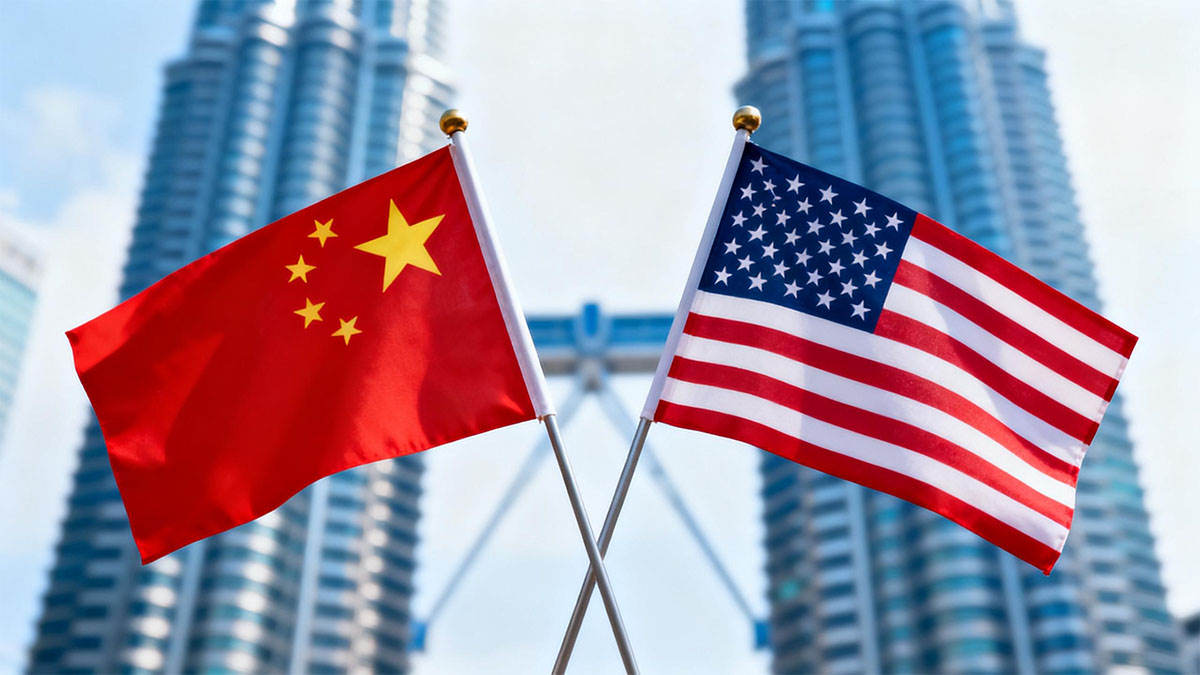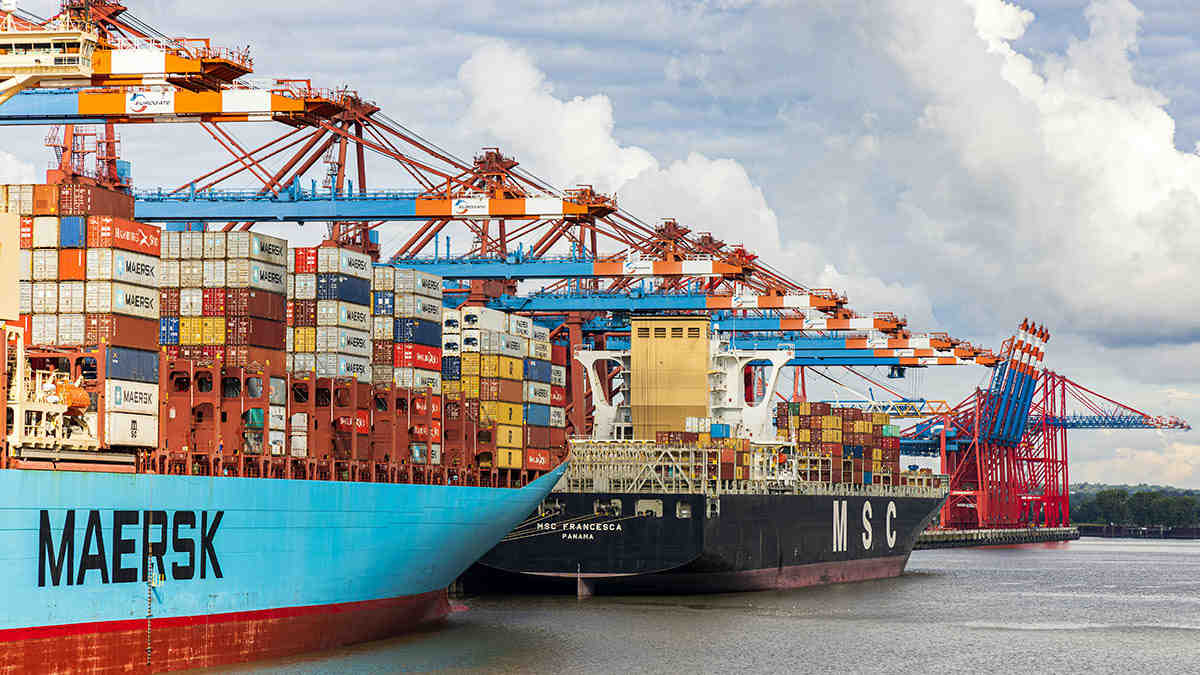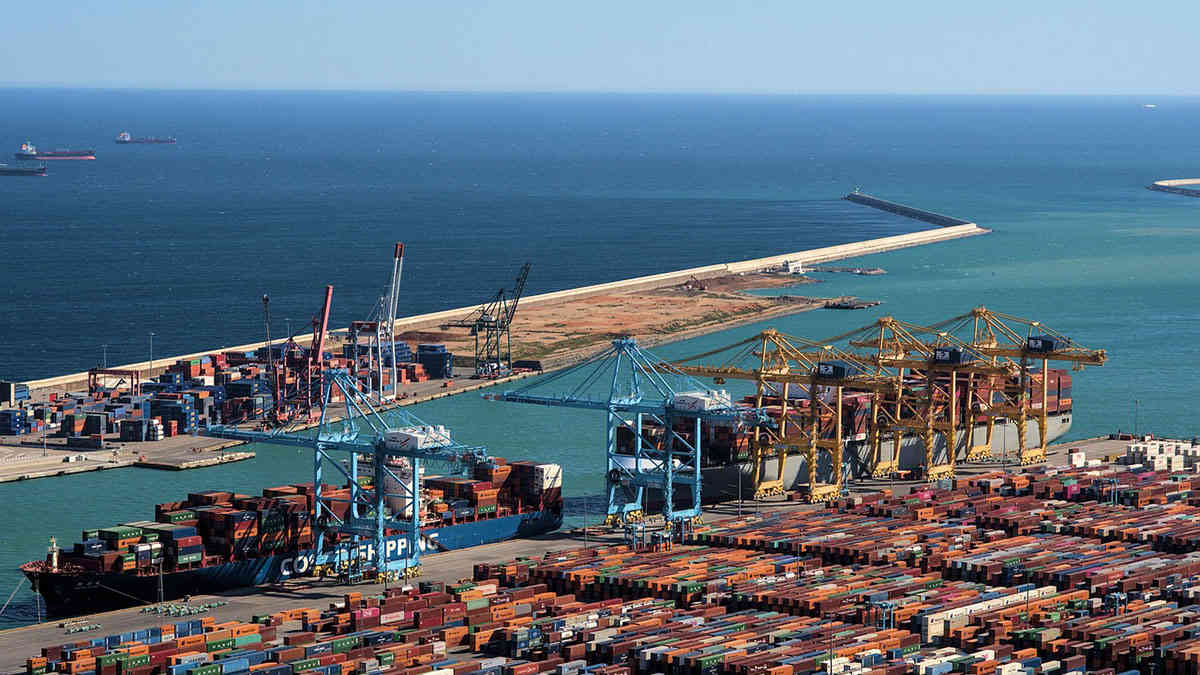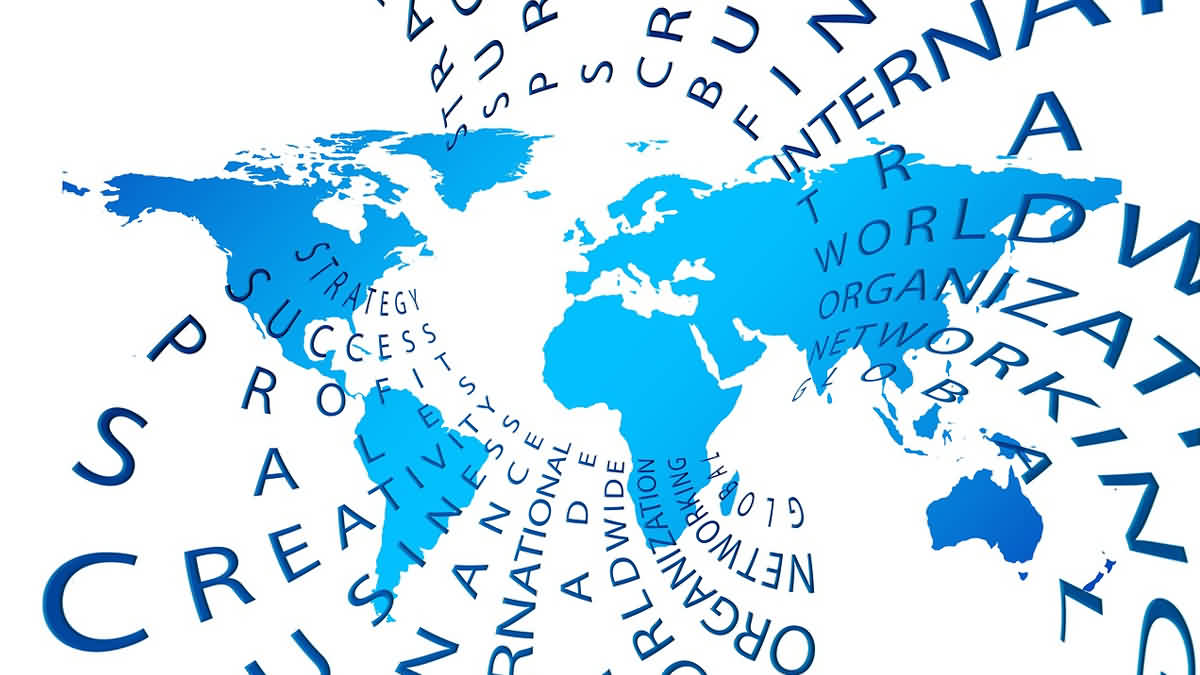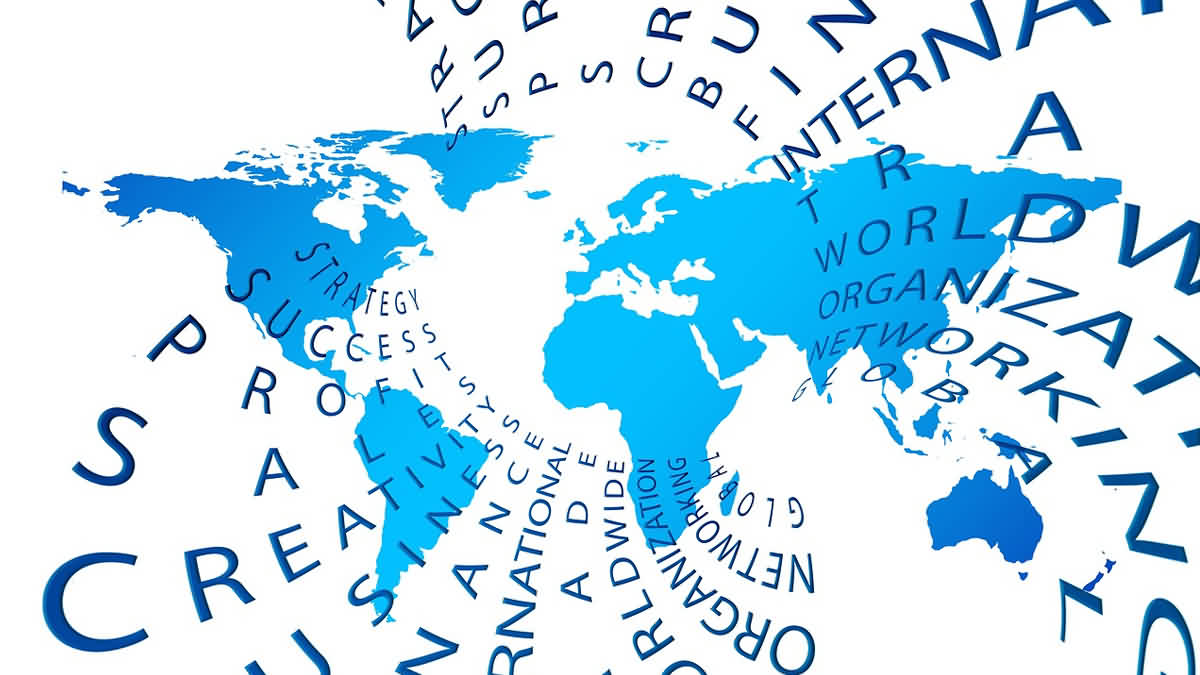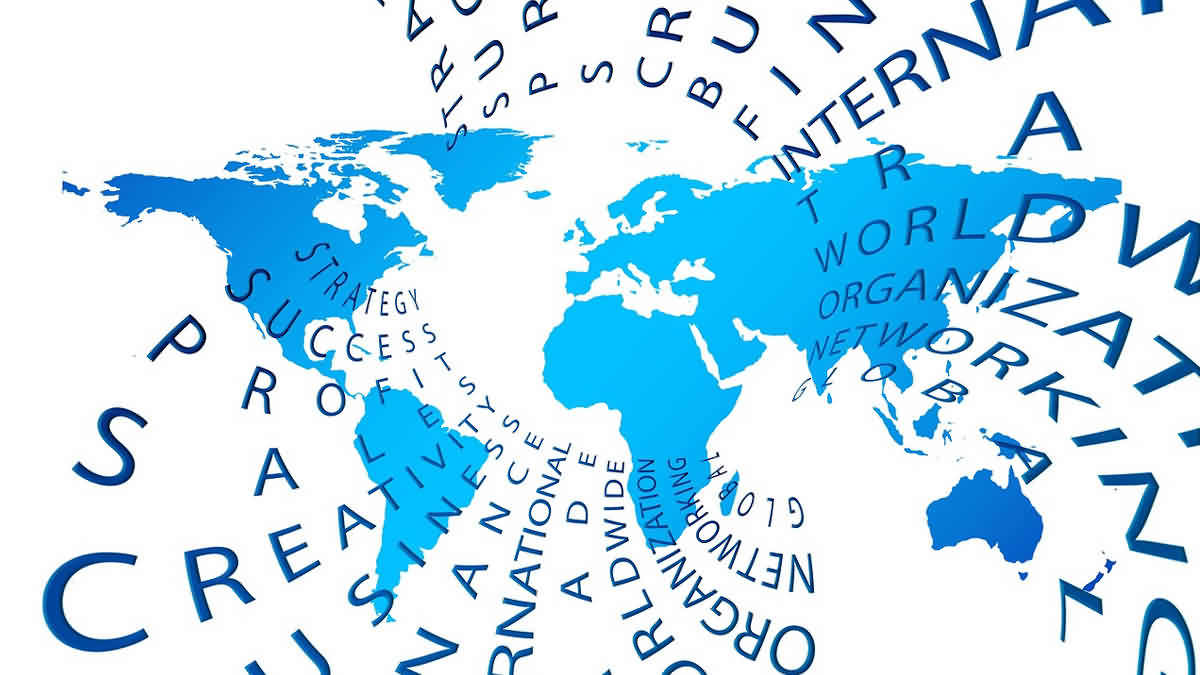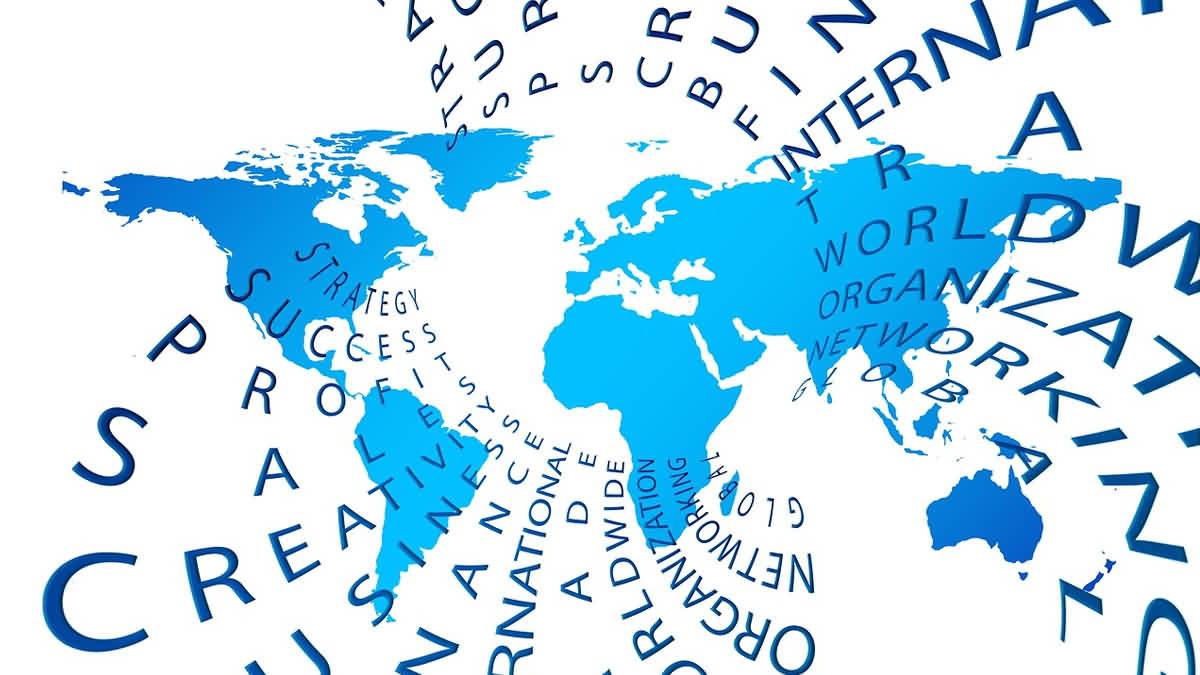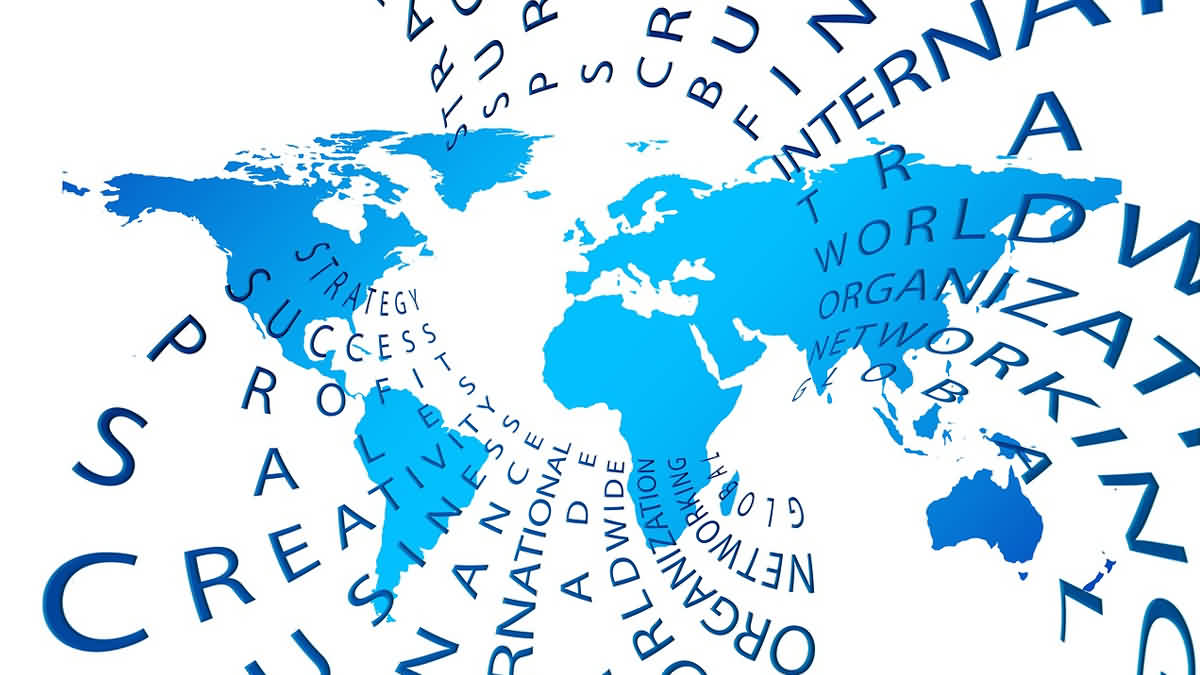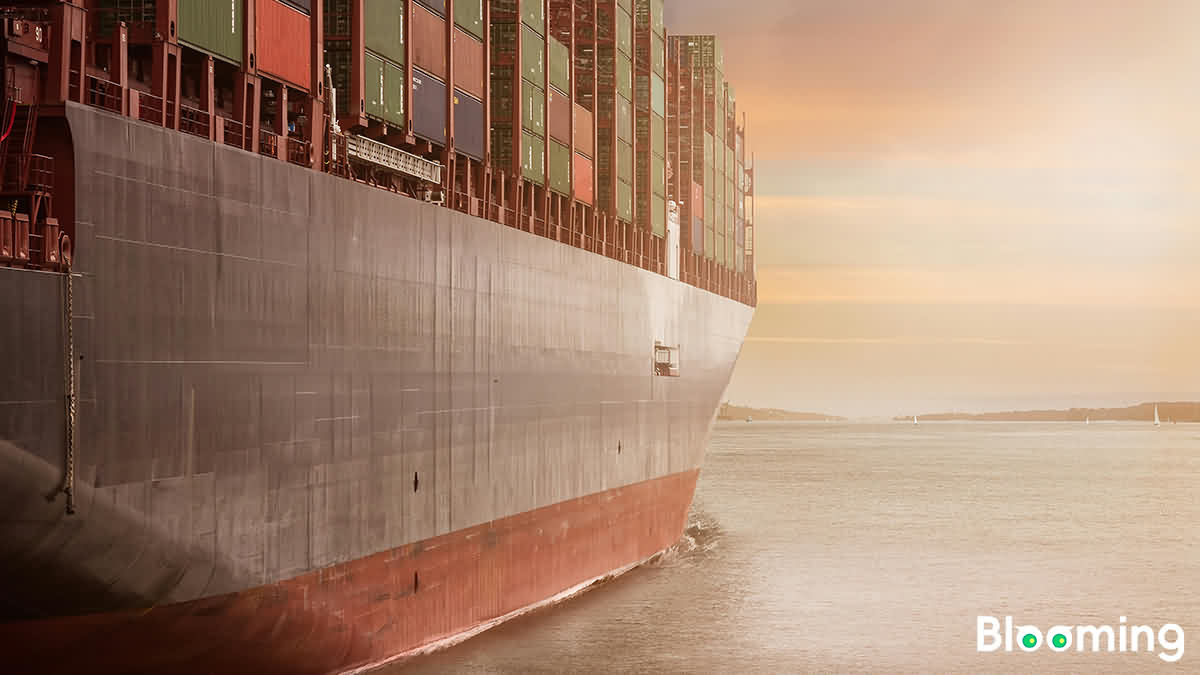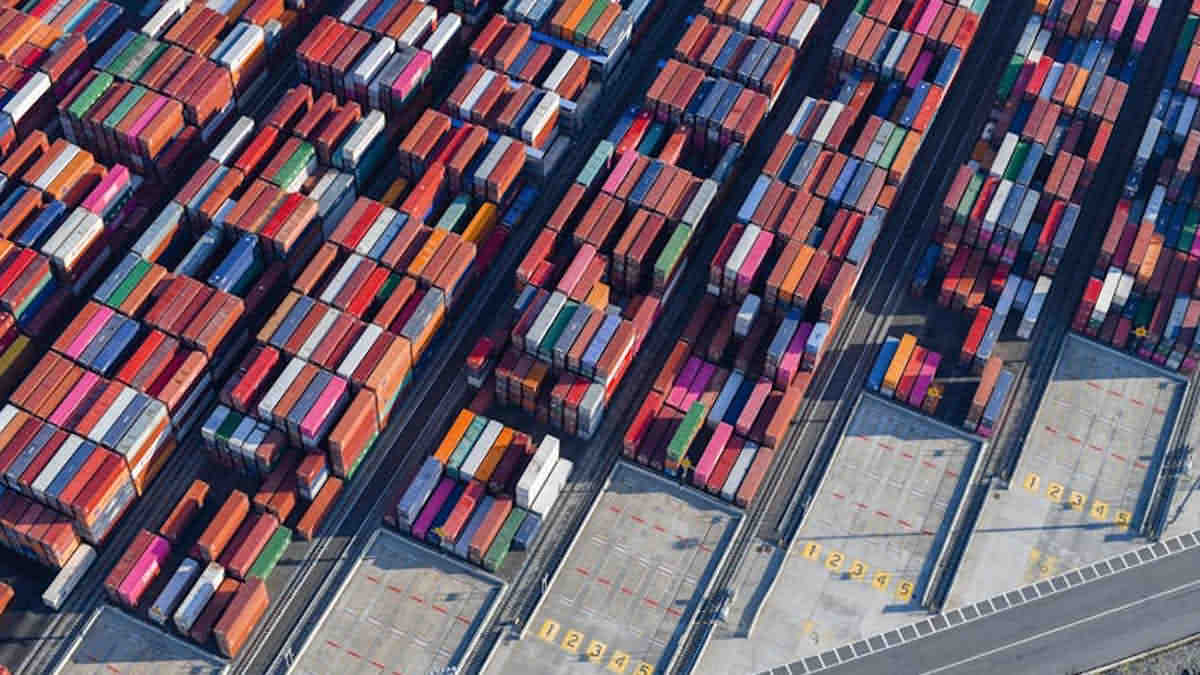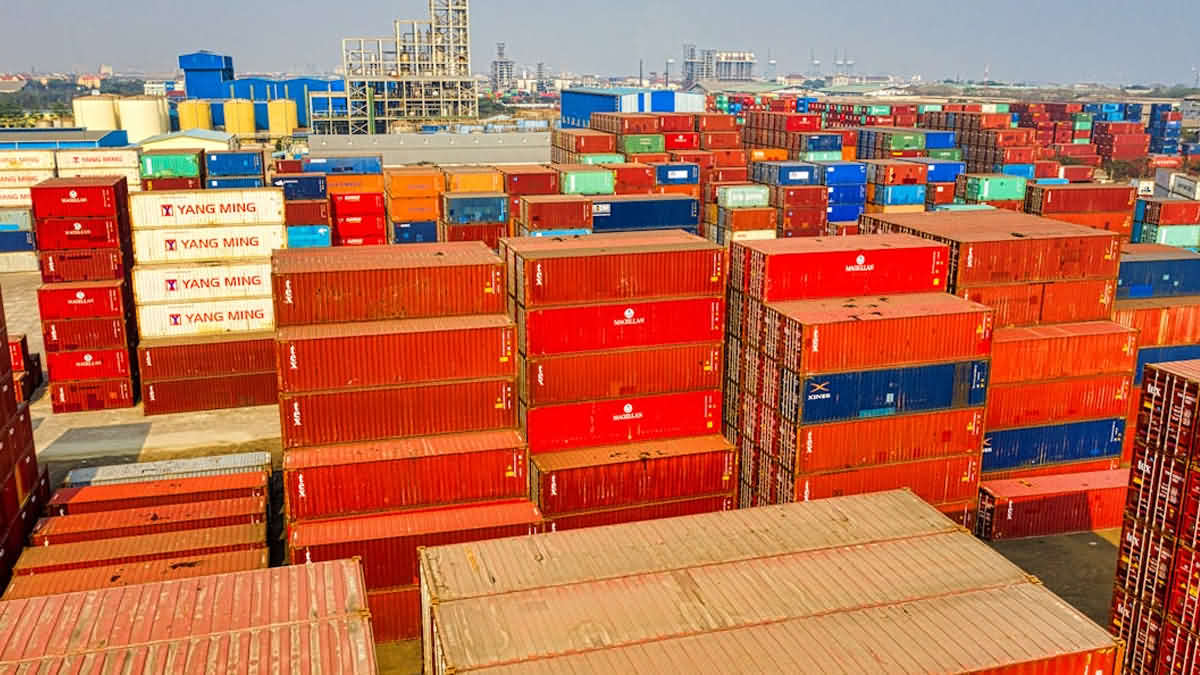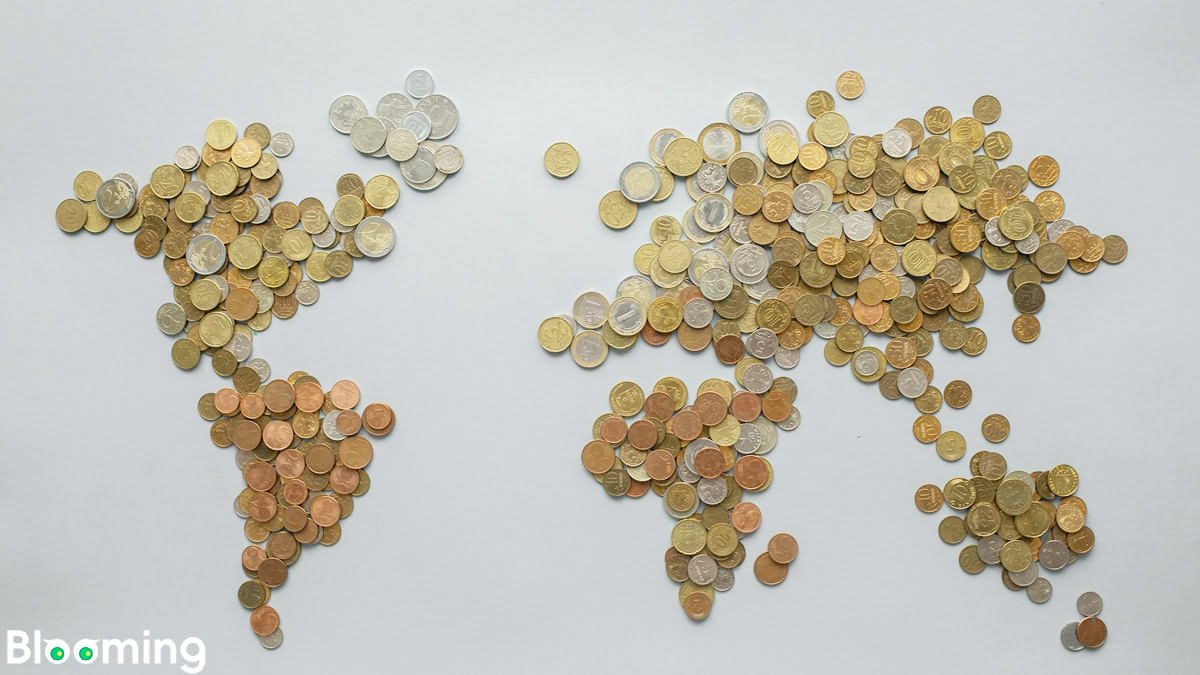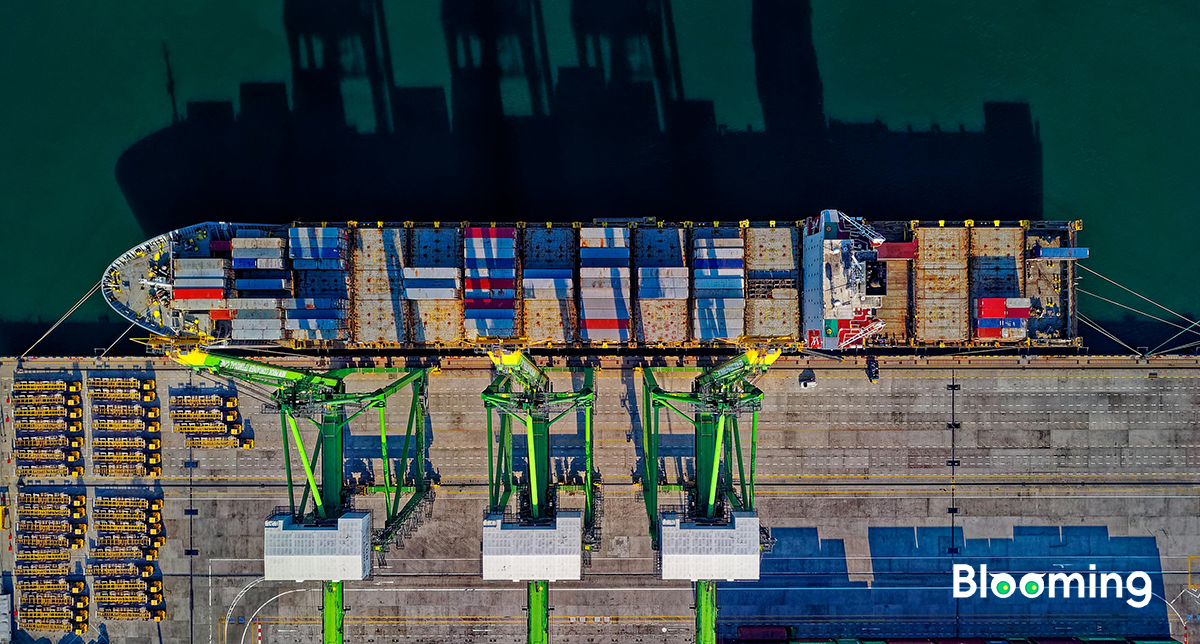Global Trade
About Global Trade global trade information, exclusive product market analysis, hot news and reports.
-
29 Oct 2025
US Finalises Trade and Minerals Pacts with Four Southeast Asian Nations
U.S. secures trade and critical minerals pacts with four Southeast Asian nations, tackling tariff and non-tariff barriers.
-
27 Oct 2025
China and US Hold High-Level Economic and Trade Talks in Malaysia
China and U.S. conclude two-day high-level economic talks in Malaysia during the October 25-26 consultations, reaching basic consensus on resolving bilateral trade issues.
-
24 Oct 2025
Trump Threatens 155% Tariff on Chinese Imports in Stakes-Raising Trade Move
President Trump, following White House talks with Australian PM Albanese, unveiled significant new statements on U.S.-China trade on October 20.
-
23 Oct 2025
Bangladesh's Chittagong Port Denies Berthing to Maersk and CMA CGM in Fee Dispute
Chittagong Port revokes berthing permits for Maersk and CMA CGM vessels, citing illegal surcharges in a sharp fee dispute.
-
22 Oct 2025
US Imposes New Tariffs on Truck Imports as Trump Signals Potential Trade Policy Shift
Recently, Trump signals openness to ease tensions, while his administration quietly relaxes key tariff policies.
-
17 Oct 2025
China Enforces New Port Fees on US Vessels, Matson Line First to Pay Millions
A new era of costly maritime trade begins as reciprocal exorbitant port fees between the US and China take effect on October 14, 2025, a pivotal date for global shipping.
-
01 Sep 2025
Global Trade Friction Index at 92 in June, US Tariff Policy Eases Tensions
On August 27, 2025, the China Council for the Promotion of International Trade (CCPIT) held its regular press briefing, releasing the Global Trade Friction Index for June.
-
04 Aug 2025
May 2025 Global Trade Friction Index Remains High; U.S., EU, and India Lead in Trade Disputes
In May, the global trade friction index remained high, with a month-on-month decrease of 37.8% in the involved amount.
-
02 Jul 2025
Global Trade Frictions Surge in April: CCPIT Reports Sharp Rise in Tariff Measures and China-Related Tensions
On June 27, the China Council for the Promotion of International Trade (CCPIT) released its latest data showing that the Global Trade Friction Index rose to 131 in April
-
04 Jun 2025
China Council for the Promotion of International Trade: Global Trade Friction Index Hits 126 in March, Remaining Elevated
The total value of global trade friction measures increased by 26.1% year-on-year and surged by 152.3% month-on-month.
-
29 Apr 2025
China Council for the Promotion of International Trade: Global Trade Friction Index Remained Elevated in February
The total value of trade-related friction measures fell 19.9% year-on-year and 2% month-on-month.
-
31 Mar 2025
Global Trade Friction Index Remained Elevated for 11 Months in 2024
The global trade friction landscape remains severe, with the index for January 2025 recorded at 106, reflecting a YoY increase of 8.3% and a month-over-month (MoM) rise of 1.8% in trade friction-related measures.
-
03 Mar 2025
China Council for the Promotion of International Trade (CCPIT): Global Trade Tension Index Remains High in December 2024
The China Council for the Promotion of International Trade (CCPIT) released data on December 28, 2024, showing that the Global Trade Tension Index stood at 106, remaining at a high level.
-
23 Jan 2025
Global Economic and Trade Friction Index Slightly Declines in November 2024
On January 17, 2025, the China Council for the Promotion of International Trade (CCPIT) released the Global Economic and Trade Friction Index for November 2024 at its monthly press briefing.
-
07 Jan 2025
Global Economy: Stable Recovery with Increased Divergence
Looking ahead to 2025, global economic growth is expected to remain stable but with widening disparities across regions. Inflation is projected to continue its downward trajectory, while labor markets are expected to remain relatively stable.
-
27 Dec 2024
October Global Trade Friction Index: U.S. Tops Index for China-Related Trade Frictions
On December 27, Sun Xiao, spokesperson for the China Council for the Promotion of International Trade (CCPIT), released the October Global Trade Friction Index.
-
13 Dec 2024
Rising Tariff Tensions: The U.S., Canada, and Global Trade Challenges
The Office of the United States Trade Representative (USTR) has announced a significant tariff increase on Chinese imports of solar wafers, polysilicon, and select tungsten products.
-
02 Dec 2024
Global Trade Watch: Import Policies Drive Pricing and Regulatory Changes Across the World
U.S. President-elect Donald Trump's proposed 25% tariff on imports from Canada and Mexico has raised alarms among alcohol distributors.
-
28 Nov 2024
The More Turbulent the World, the Brighter the Outlook for Container Shipping
On a daily basis, this translates to the movement of 523,000 TEUs worldwide.
-
13 Nov 2024
Navigating New Trade Realities: Global Economy Shifts Amid Tariff Tensions and Slowbalization
Pascal Lamy, former Director-General of the World Trade Organization and distinguished professor at CEIBS, shared his perspective on the evolving landscape of global trade.
-
11 Nov 2024
International Economic, Trade and Industrial Cooperation: Multiple Signing of Memorandums of Understanding Usher in a New Chapter of Development
Memorandum of Understanding between the China Council for the Promotion of International Trade and the Italian Institute for Foreign Trade.
-
08 Nov 2024
Recent Global Trade Outlook: Challenges and Shifts
According to the National Retail Federation, Trump's plans involve imposing a 10% or 20% tariff on all imported goods and an additional 60% to 100% tariff on Chinese products.
-
04 Nov 2024
Latest Trade Performance: Exports and Imports in South Korea, Japan, Germany, Turkey, and Chile
South Korea’s Trade Surplus Reaches $3.2 Billion in October; Germany’s Import Prices Drop in September for First Time in Four Months.


